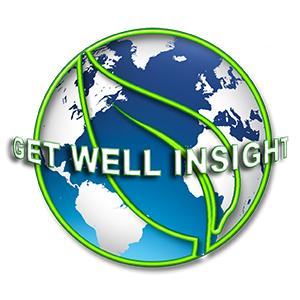About Stroke & Cardiovascular Disease
 The link between heart disease and stroke is significant. Several types of heart disease are risk factors for stroke. Likewise, stroke is a risk factor for coronary heart disease.
The link between heart disease and stroke is significant. Several types of heart disease are risk factors for stroke. Likewise, stroke is a risk factor for coronary heart disease.
People with coronary heart disease, angina or who have had a heart attack due to atherosclerosis (hardening of the arteries) have more than twice the risk of stroke.
Coronary heart disease and stroke have common risk factors that can be controlled or treated:
High LDL “bad” cholesterol levels
Low HDL “good” cholesterol levels
High blood pressure
Smoking
Diabetes
Physical inactivity
Overweight or obesity
Heart failure can increase stroke risk. It’s a condition in which the heart can’t pump out all the blood that returns to it.
Stroke
Knowing the signs of a stroke is the first step in stroke prevention.
A stroke, sometimes called a “brain attack,” occurs when blood flow to an area in the brain is cut off. The brain cells, deprived of the oxygen and glucose needed to survive, die. If not caught early, permanent brain damage can result.
What Are the Types of Stroke?
There are two types of stroke.
Ischemic stroke: is similar to a heart attack, except it occurs in the blood vessels of the brain. Clots can form either in the brain’s blood vessels, in blood vessels leading to the brain, or even blood vessels elsewhere in the body which then travel to the brain. These clots block blood flow to the brain’s cells. Ischemic stroke can also occur when too much plaque (fatty deposits and cholesterol) clogs the brain’s blood vessels. About 80% of all strokes are of this nature.
Hemorrhagic (heh-more-raj-ik): strokes occur when a blood vessel in the brain breaks or ruptures. The result is blood seeping into the brain tissue, causing damage to brain cells. The most common causes of hemorrhagic stroke are high blood pressure and brain aneurysms. An aneurysm is a weakness or thinness in the blood vessel wall.
Symptoms of a Stroke
The most common symptoms of a stroke are:
Weakness or numbness of the face, arm, or leg on one side of the body.
Loss of vision or dimming (like a curtain falling) in one or both eyes.
Loss of speech, difficulty talking or understanding what others are saying.
Sudden, severe headache with no known cause.
Loss of balance or unstable walking, usually combined with another symptom.


